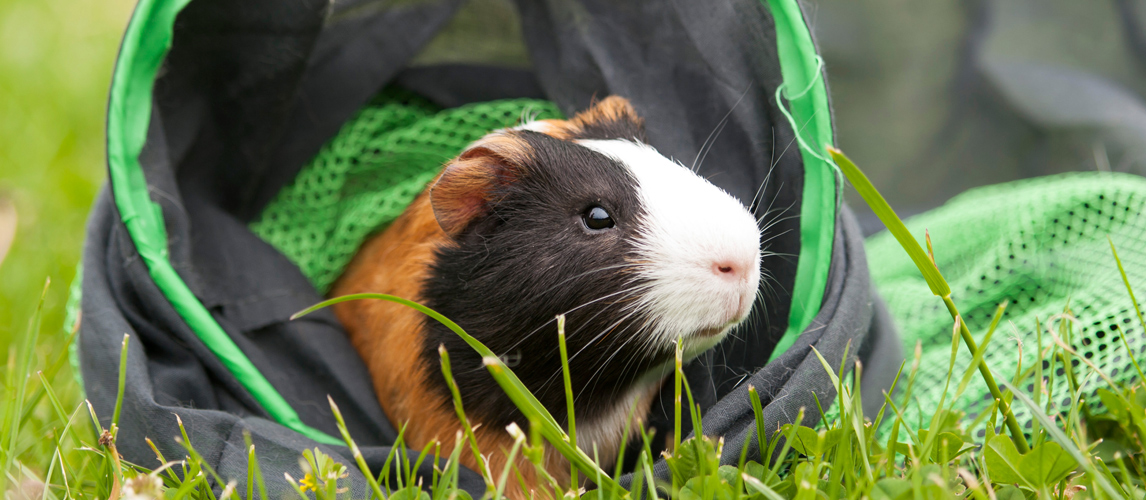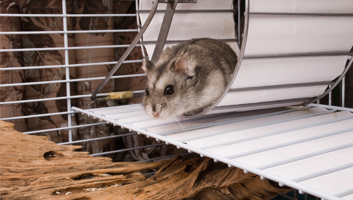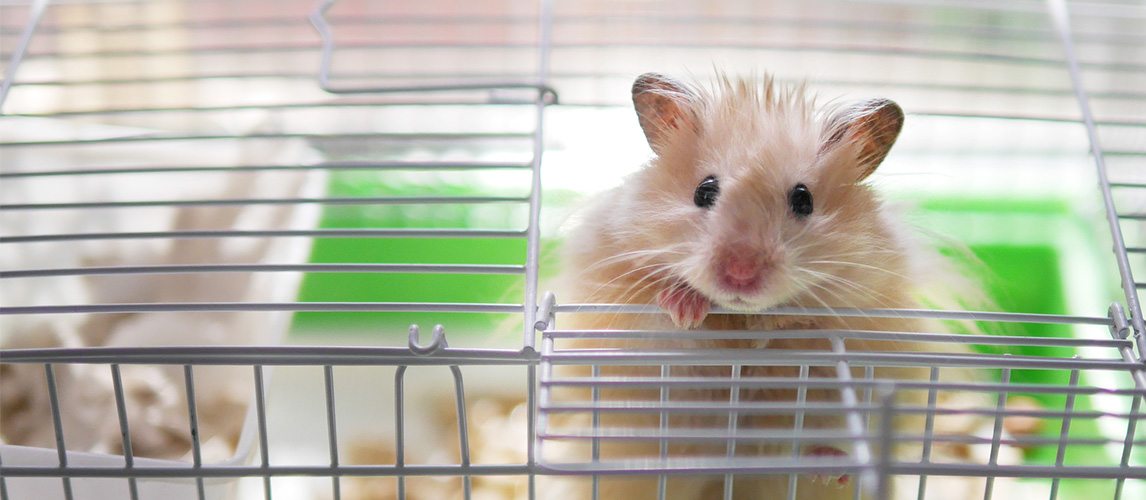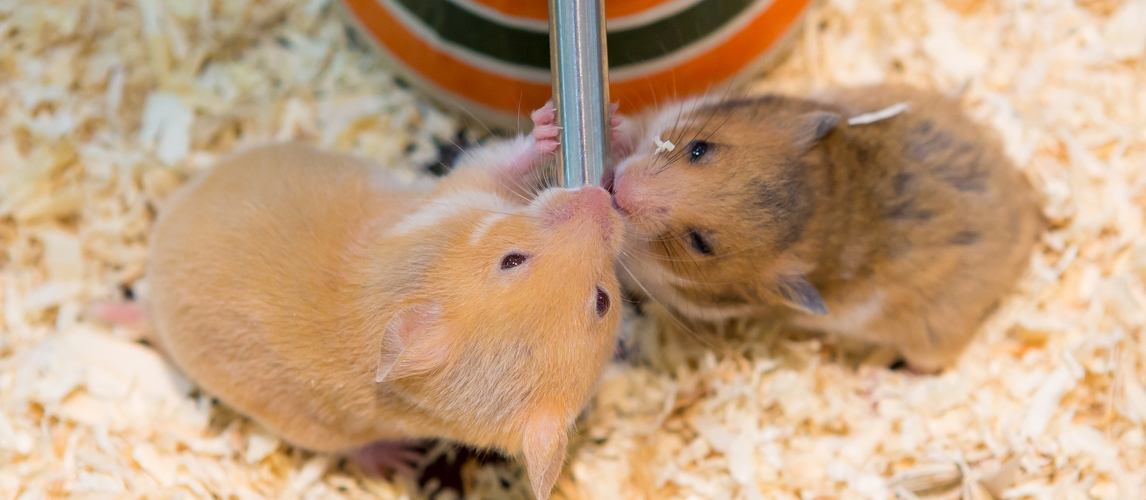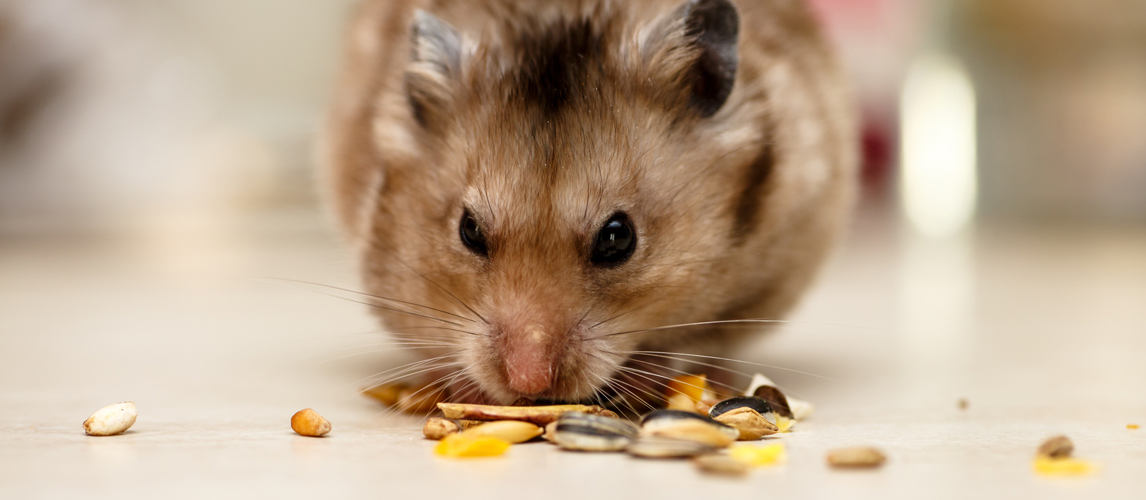Keen and clever, fun and silly – ferrets are great pets for you and your family. They are chock full of personality and are known to be very sociable with their owners once they are trained. As with all pets, the best way to get the most out of your ferret is to ensure they are living a healthy and happy life, but what is the best way to go about this? Ferret care may be very different from other pets you have had. To help you meet their needs, here is our quick guide to caring for your ferret
Ferret Information
To start off, you need to get to know the latest addition to your family. Ferrets are pretty unique both as animals and as individuals, so let’s get going with some essential ferret facts:
- Ferrets in captivity usually live from between 8 and 11 years
- On average, they grow to around 13 to 16 inches long, and will weigh approximately 3 1/2 lbs
- Their scientific name is Mustela putorius furo
- Male ferrets are known as hobs
- Female ferrets are known as jills
- A group of ferrets is referred to as a ‘business’ of ferrets
- They are a member of the weasel family
- They may sleep up to 18 or even 20 hours a day
- Ferrets are very social, so you should probably aim to have more than one if you think you can handle it
- They may still be illegal to own in your state or area, so check before you buy!

Ferret Behavior and Temperament
If you are considering having ferrets as pets, you may have been advised that they are similar to either cats or dogs. But, the truth is they have similarities with both animals, but are really quite unique. Like cats, they sleep a lot and require a litter box, but like dogs they are social and enjoy spending time with their people.
Pet ferret behavior is a little different from the behavior of ferrets in the wild because North American pet ferrets will be de-scented and spayed or neutered when they are very young. When you buy your ferret, make sure to check that these procedures have been done.
These procedures will not only make keeping your ferret a little more pleasant as they will smell a little better, but the spaying or neutering will make them less aggressive. This will not stop them from biting or nipping at you, however, so keep small children away.
Even with reduced aggression, however, you will need to be careful about introducing your ferret to your other pets. Ferrets can get along with cats and dogs, but you should have a supervised and gradual introduction. Other animals will need to be kept apart from your ferret, these include:
- Reptiles
- Guinea pigs
- Gerbils
- Hamsters
- Rabbits
- Birds
The good news is that they are very cute and curious animals who will like exploring and playing. Their intelligence makes them very trainable. You can teach them useful skills, such as using a litter box and coming to you when you call their name, but you can also teach them a few tricks.
Watch out for their playfulness, however, as they often enjoy stealing things from you and hiding them. It is worth removing anything small, valuable or important from your person before you start playing, and if you can’t find your keys, it might be worth checking their habitat.
Unlike dogs and cats, ferrets cannot be left around your home unsupervised without ferret proofing. They may start a few fights, get lost, or get hurt themselves. This is even more true in your garden or outside. Ferrets will not necessarily know how to find their way home so can easily get lost if you let them out and then leave them.
When you play with your ferrets outside their cage, they must be under constant supervision. Don’t leave them for a second to go to the toilet or grab a drink. Always put them back in their cage or double check the ferret-proofing of the immediate environment before you leave. You can also want to get your new pet some cool ferret cage toys.
Housing the Ferret
As with any pet, learning how to care for a ferret starts with providing a good home. Ferrets are generally kept in a large, roomy wire cages, where they eat, sleep and go to the bathroom. Keep this cage in a quiet place and at 60 to 80 degrees Fahrenheit. Inside you need to provide a litter tray and comfortable bedding.
Litter trays can be bought commercially and you can use either ferret litter or even clumping or non-clumping cat litter. You may want to put one in every room they have access to, and each box should be surrounded by newspaper to protect your floor as ferrets often wipe their bottoms on the floor after they go to the toilet.
Bedding can be bought, but it can be just as easy, and much more economical, to use old clothing and sheets. You can wash and re-use this bedding to get even more out of it. It is also a good idea to give them some fun furnishing. Hammocks are a very popular choice with ferrets.
Although, as we’ve already established, ferrets shouldn’t be left in open spaces unsupervised, it is also recommended that ferrets have around four hours outside their cage every day. Obviously, you cannot play for four hours straight every day, so you must ferret proof a substantial part of your home so they can run about and play safely.
Ferret proofing involves ensuring that there are no ferret-sized dangers or escape opportunities. Don’t go by what you can see in front of you as ferrets have a lot of fur that can make their bodies look bigger than they are, and they can squeeze through all sorts of gaps and holes. Other tips about ferret proofing your home include:
- If you are unsure about the whole home, it is better to have one safe room, or couple of rooms, than nothing.
- Kitchens, bathrooms and laundry rooms are bad ideas because they have a lot of ferret-sized holes due to plumbing that you may not see.
- Ferrets can tear holes if there aren’t holes there already, so a window screen, sheets or towels are not enough.
- Look out for electrical dangers, such as appliances and wires. Switch them off during play time.
- Hiding spots are fun, so you don’t have to remove all your furniture or anything, but make sure you know what these spots are so you don’t have any accidents, such as sitting on a ferret hiding under a pillow or putting in a load of washing that had a hiding ferret in it.
- Ferrets try to eat everything. Look out for choking hazards, including pillow fluff and other material, and keep any chemicals and cleaning fluids in a different room.
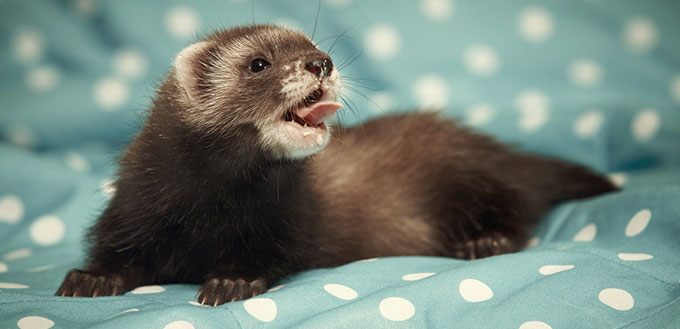
Ferret Diet & Nutrition
Another crucial issue when learning how to care for a ferret is to get their nutrition just right. Ferrets are particularly interesting because they are obligate carnivores. This means that they eat meat, but it passes through them very quickly. They do not get any nutritional value from plants. Therefore, their diet must consist of a fairly constant provision of protein
You should stick to forms of meat, egg and fish. Unlike cats and dogs, you cannot supplement their diet with grains. The grain will not be digested well and may even cause some problems. Food high in sugar or fibre content will also cause digestive issues.
If you are unsure, you can also buy commercial ferret pellets. Unfortunately, not all ferret food is as balanced and nutritious as it should be, so make sure to check the ingredients. You are looking for meat to be listed as the first, and therefore highest quantity, ingredient, and for there to be no grain or corn. As a general guide, any commercial feed you buy should be:
- At least 40% high quality, easy to digest animal-based protein
- At least 30% fat
- No more than 3% fibre
In the past, it was common to recommend cat food as an alternative to ferret food. This was because ferret food was very rare and, often, impossible to source. As we have learned more about ferret nutrition, we have learned that cat food is not sufficient, particularly as many brands rely on filling out their product with grains.
You should feed your ferret around 8 to 10 times a day. These meals do not need to be particular big, however, but you should not let your ferret go more than 3 or 4 hours without eating. Ferret obesity is not a common problem as ferrets only eat until they are full.
Ultimately, you need to give your ferret variety. This means you cannot rely on pellets. Supplement your use of pellets with some chicken meat, which can be given raw or cooked, and other meats. Also, don’t forget to offer dry, as well as wet, food. Dry food helps to keep ferret’s teeth clean
You can also use these meats as treats for training and rewards. Be cautious about using your own leftovers, however. Marinades and sauces may be excessively salty or problematic for your ferret. You can always set aside some plain meat during your cooking process for use as treats and meals.
Obviously, your ferret also needs water, but, like many pets, this won’t just be for drinking. They will also bathe and play in it. A ferret’s high metabolism doesn’t just affect their food, they will drink around 20 times a day, so you must ensure they always have access to clean, safe drinking water.
It is a good idea to provide two sources so that there is always a back up. To ensure they don’t bathe in, and therefore contaminate, their drinking water, we suggest two non-drip water bottles. You may still want a drip catcher bowl as ferrets can be very active and aggressive in their pursuit of a drink.
It is a good idea to provide water bowls as well. Ferrets do tend to drink more water when they have access to bowls, but they will also play about and splash in the bowls. This means you must change their water bowls as often as possible.

Ferret Grooming & Hygiene
This brings us to the important topic of grooming and hygiene care for your ferret. Water bowls are not the only item that must be cleaned regularly. Here is the best cleaning schedule for your ferret and their belongings:
Every day you should clean and replace:
- The litter trays
- Water bowls
Once a week you should clean:
- Their bedding, which may also need to be replaced
- Their full cage using pet-safe disinfectants
- Any furnishings in the cage
Once a month you should:
- Give your ferrets a bath, but bare in mind that this won’t necessarily help with their distinctive odor. Over bathing may even make it worse as it will dry out their skin.
- Brush their teeth
They will also shed twice a year, and you should comb them during this process to help them. As you probably don’t want to get scratched, we also recommend regular nail trimmings. The regularity of this will depend on the individual ferret.
Related Post: Do Ferrets Stink? How to Stop Ferret Odor
Ferret Common Health Problems
The most common health problem suffered by ferrets is adrenal gland disease. This is often a very preventable disease, so here we outline the causes, symptoms and treatment in the hopes that, through preventative ferret health care, you can avoid this illness
- Most commonly adrenal gland disease is caused by a poor diet and lack of UVB light.
- Symptoms include: genital inflammation, itchiness, hair loss, increased aggression, abdominal pain, discharge from the reproductive organs
- If you suspect any of these symptoms, take your ferret to a vet to rule out other potential diagnoses.
- Once diagnosed, your ferret with have their adrenal gland’s removed, and may need medication to suppress testosterone and some other hormones.
- You must also schedule follow up appointments with your vet to ensure the disease remains in remission
Sources:
- Getting a Pet Ferret, WebMD
- Meg Sparwath, Ferrets Are Mischievous, Loyal, Affectionate Pets, HowStuffWorks


